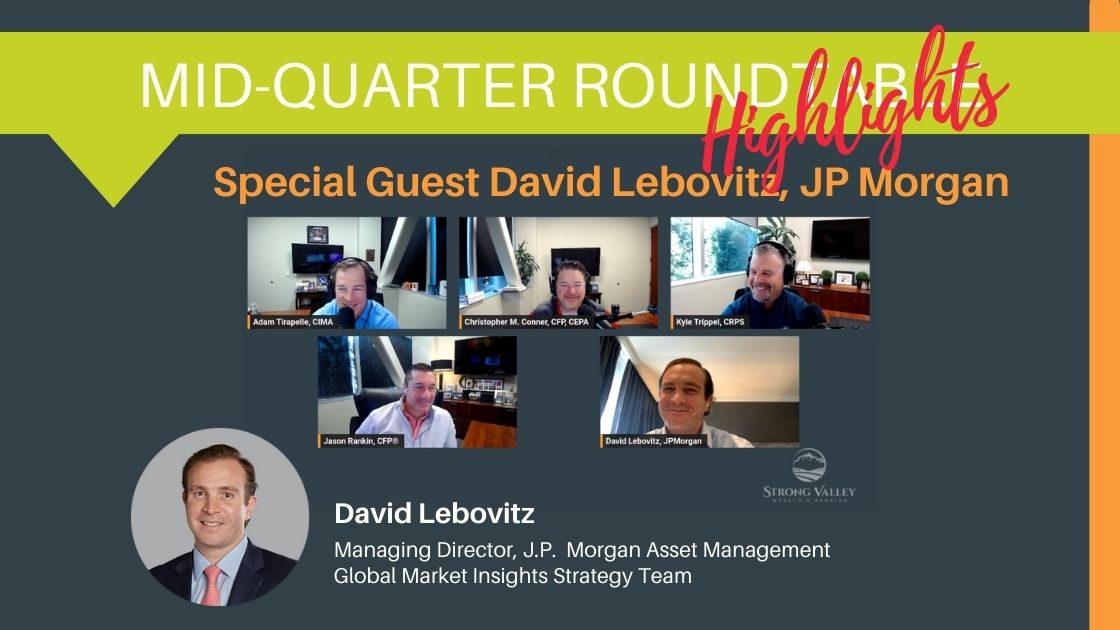You are now leaving the Strong Valley Wealth & Pension, LLC ("Strong Valley") website. By clicking on the "Schwab Alliance Access" link below you will be entering the Charles Schwab & Co., Inc. (“Schwab”) Website. Schwab is a registered broker-dealer, and is not affiliated with Strong Valley or any advisor(s) whose name(s) appears on this Website. Strong Valley is/are independently owned and operated. Schwab neither endorses nor recommends Strong Valley. Regardless of any referral or recommendation, Schwab does not endorse or recommend the investment strategy of any advisor. Schwab has agreements with Strong Valley under which Schwab provides Strong Valley with services related to your account. Schwab does not review the Strong Valley website(s), and makes no representation regarding the content of the Website(s). The information contained in the Strong Valley website should not be considered to be either a recommendation by Schwab or a solicitation of any offer to purchase or sell any securities.

For anyone navigating the current housing market, understanding strategies to manage a 7% mortgage is crucial. This article explores different options for those desiring a housing change. Read on to find solutions and insights tailored to your unique situation.

With mortgage rates hovering around 7%, many people are reassessing their housing and financial decisions. After a decade of historically low borrowing costs, today’s environment presents new challenges. For prospective buyers, current homeowners, and empty-nesters alike, understanding how to navigate these changes is key. Fortunately, there are strategies to help move forward with clarity and confidence.
For those looking to purchase a home, a 7% interest rate can feel discouraging. However, it’s important to remember that the mortgage rate selected today doesn’t have to be permanent.
Strategies to consider:
The key is purchasing a home that fits within they buyer’s current budget and long-term financial stability, regardless of the prevailing interest rate.
Homeowners who secured a 2–4% mortgage find themselves in an enviable position—one often described as wearing “golden handcuffs.” These low monthly payments are a significant asset, yet they may limit flexibility.
Strategic moves to evaluate:
Many retirees or near-retirees are living in homes that have appreciated significantly—and carry very low mortgage rates. Yet remaining in place purely for financial reasons may delay important lifestyle transitions.
Options to consider:



